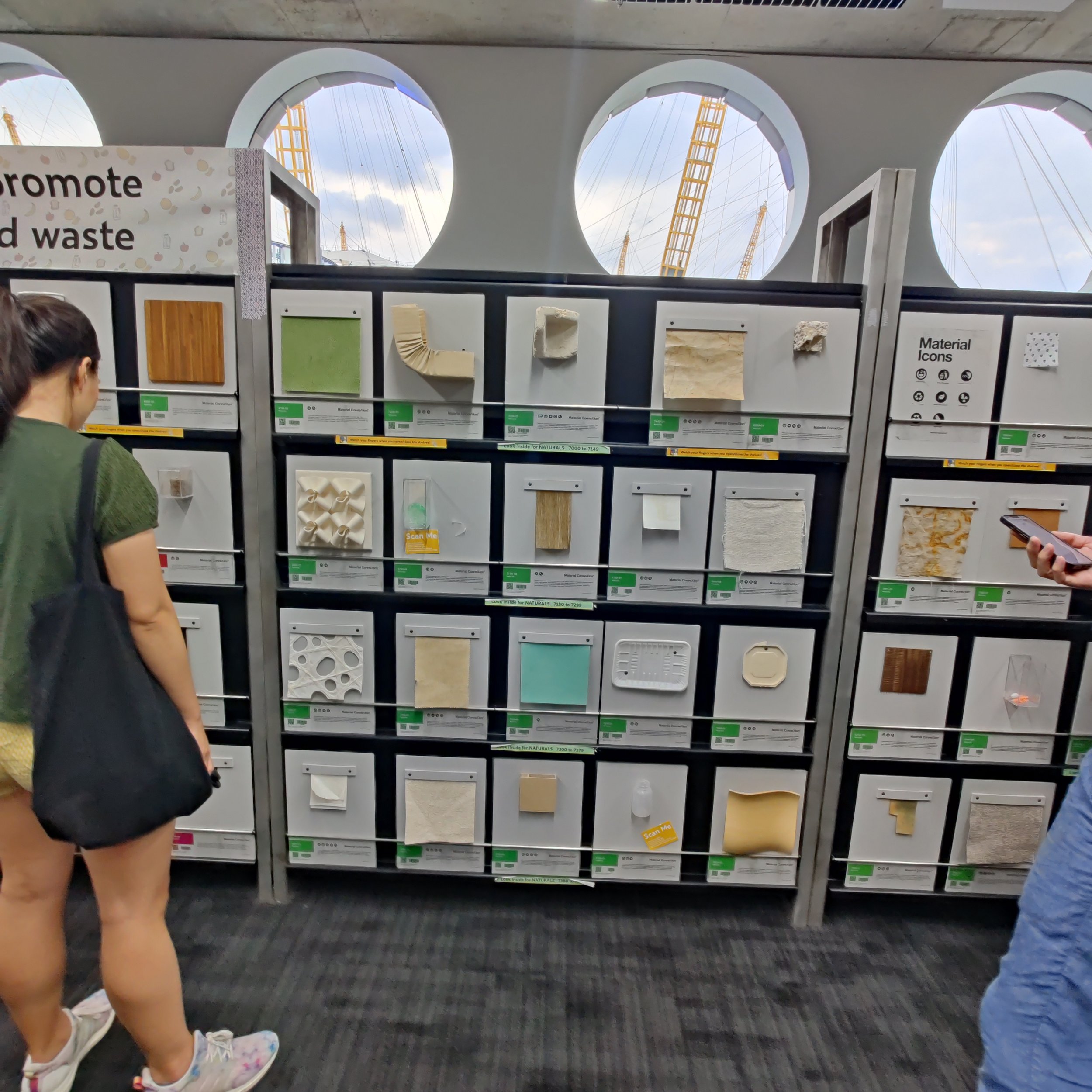Seven actions Matter takes to make our designs more sustainable
Matter is taking action to address the climate emergency. Guided by the Institution of Structural Engineers’ Sustainability Resource Map, these are the seven actions we take to make our designs as sustainable as we possibly can.
View of the Cody Dock project in progress
1. Stay informed
As members of the Institution of Structural Engineers, we attend events like the Climate Emergency Conference and read the monthly publication The Structural Engineer.
We’re also members of Timber Development UK and BM TRADA, attending most of their webinars throughout the year, which offer great case studies. We go to events organised by The Concrete Centre and make use of webinars and sustainability resources from The Building Centre.
2. Strive for low-carbon
As structural engineers, we’re always aiming to lower the embedded carbon in our structural designs. We use industry guidance to compare the relative carbon in different structural solutions, and we talk the options through as part of our decision-making process with both our clients and our design teams.
One part of our approach is circular construction, using recycled or surplus materials, or developing solutions that can be easily taken down and repurposed or reused. We also have expertise in regeneration, as well as low-carbon and net-zero schemes.
St Chad’s Church
Improving and repurposing the building with low-carbon in mind.
3. Practise lean design
At Matter, we have always believed in lean design, to increase efficiency, eliminate waste, do less damage to the environment and deliver better value for the customer.
We know lean design is pivotal in minimising a structure’s demands on local environments and the planet’s resources throughout its entire lifecycle. We carry out structural design from the first principle as a designer, rather than designing prescriptively without full understanding of the community and environmental context. Our confidence in our designs means we don’t need to add unnecessary contingency.
4. Aim for zero waste
We’re always looking for opportunities to repurpose and reuse existing structures and materials. At Cody Dock, a site located among warehouses and factories with leftover materials, we worked to repurpose those materials as part of our building project.
Aiming for zero waste goes hand in hand with lean design. Even with 3D printing, it’s nearly impossible to complete a building project with zero waste, but we always strive for this as our goal.
5. Influence the brief
One of Matter’s core values is caring. We take into consideration the wellbeing of everyone involved in a building’s design, construction and use, from its inception to its demolition — clients, communities, contractors and colleagues.
We want our buildings to work well for our clients as long as they’re using them, but also beyond. For us, a great project doesn’t end once building is complete. It lives on through the occupants’ enjoyment of the building and through its impact on the environment and the community. After all, people only want to keep a building if they love it.
An impressive range of resources in the sustainable materials library at Ravensbourne University.
6. Get involved
Matter welcomes opportunities to influence policy, and recently took part in DG Cities’ research into hard-to-treat and hard-to-decarbonise homes for the Department of Business, Energy and Industrial Strategy.
Our founder, Christina, is an active learner with the Supply Chain Sustainability School, which aims to inspire and enable people, through their partners and supply chains, to be more sustainable and drive real change. Christina is making great progress in the learning areas of leadership, employees, strategy, collaboration and digital design.
We’re proud to be getting involved and inspiring the next generation.
7. Report and Share
We work to share our learning and experience every day, through our social media platforms (you can find us on LinkedIn and Instagram), and through our newsletter and blog.
We want to share good practice and to spread the message of sustainable design to wider audiences, not just our fellow professionals. It’s really important to us that the end users – our clients – are on board with our values and feel like part of the team, so we can make the maximum positive impact together.
Useful resources
The Institution of Structural Engineers’ Sustainability Resource Map
More IStructE resources to help you address the Climate Emergency





